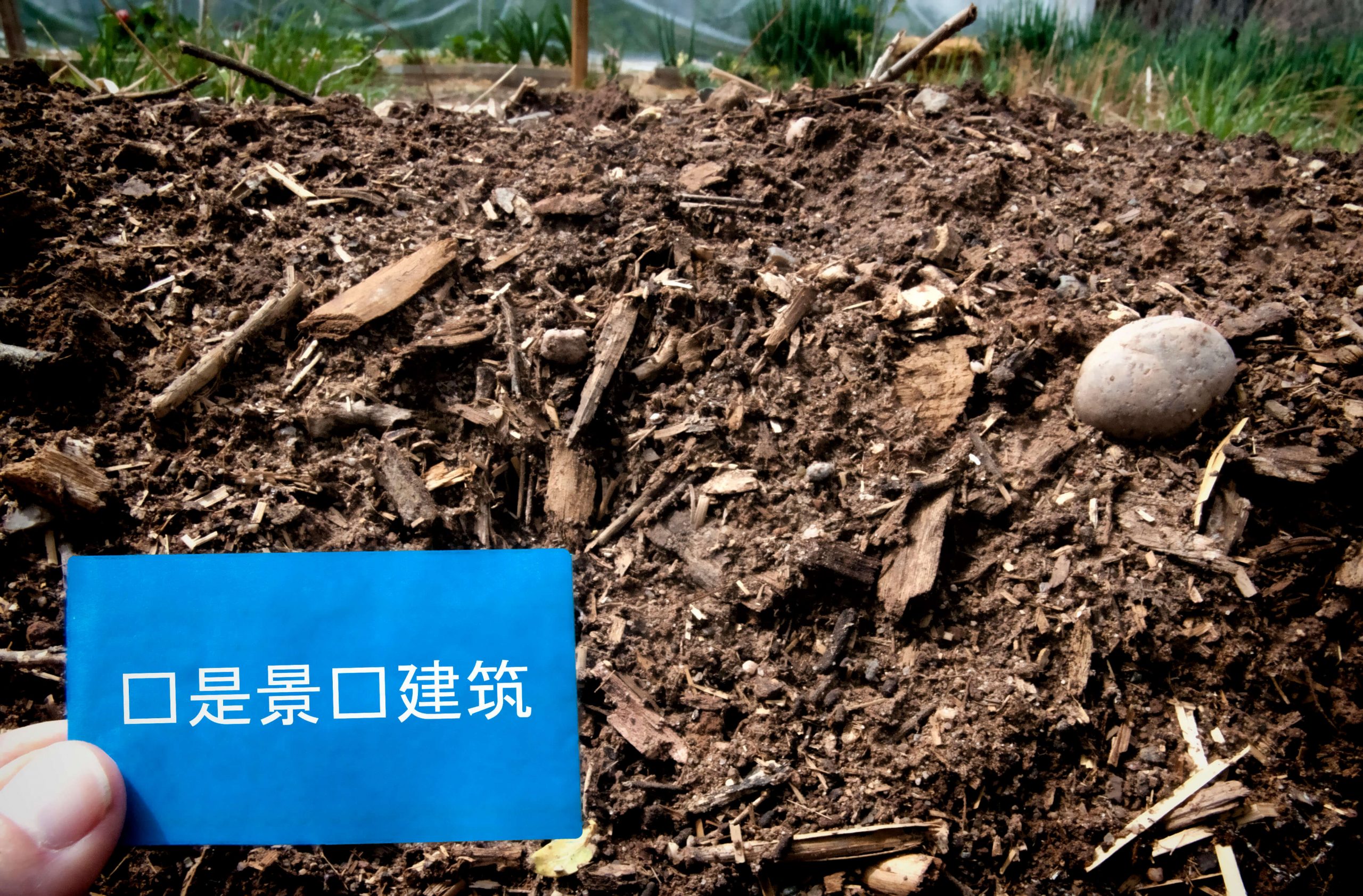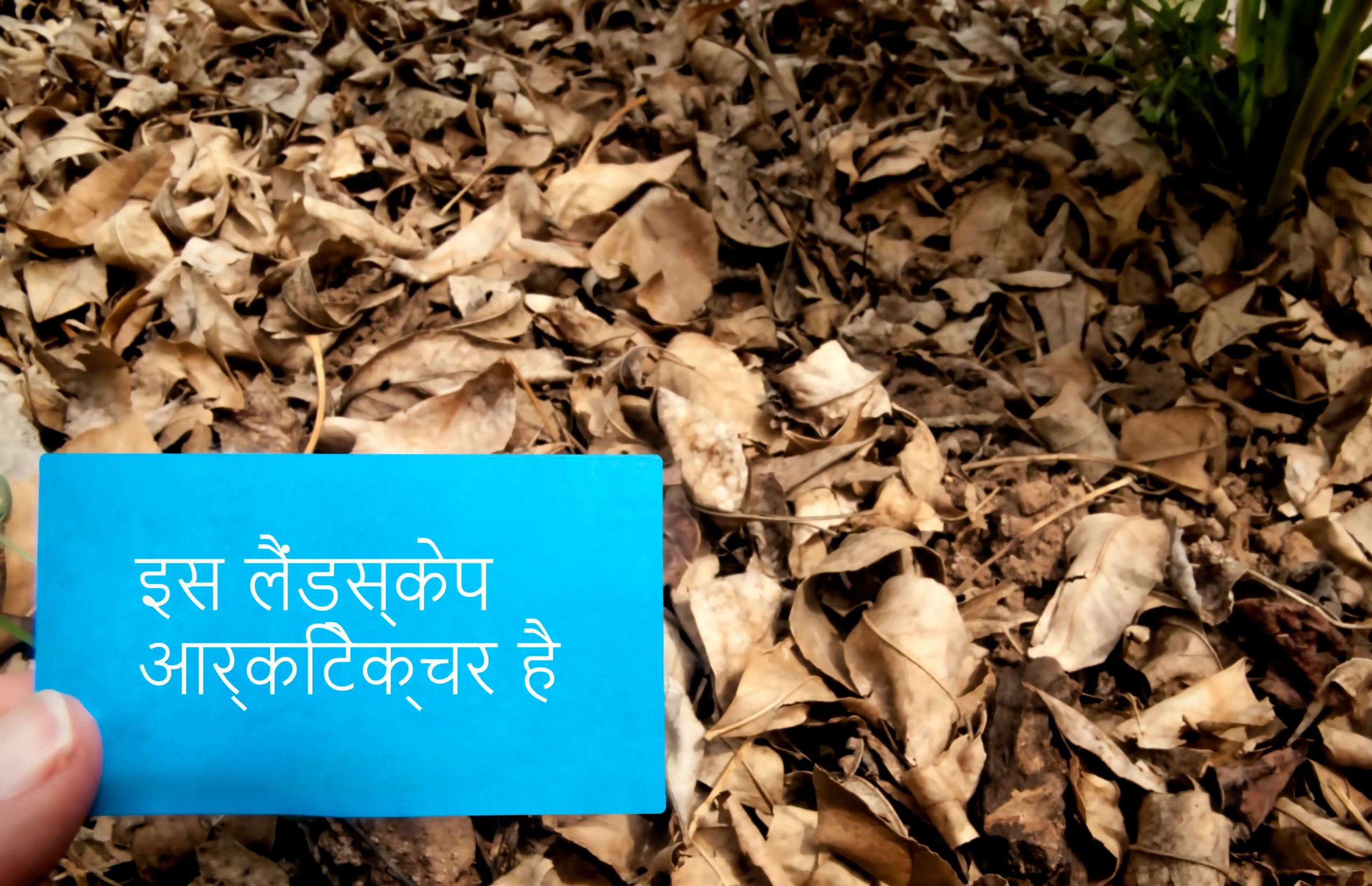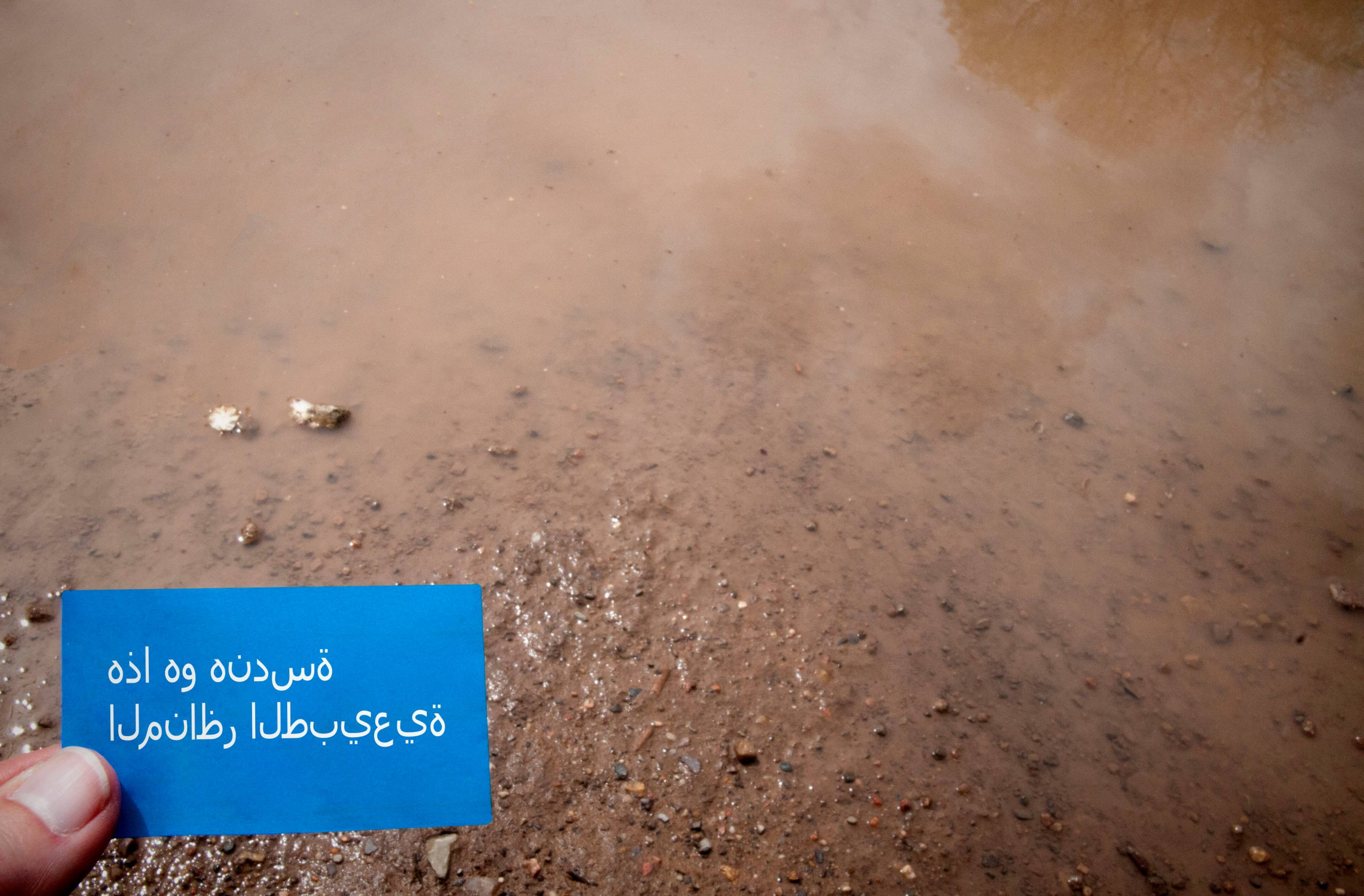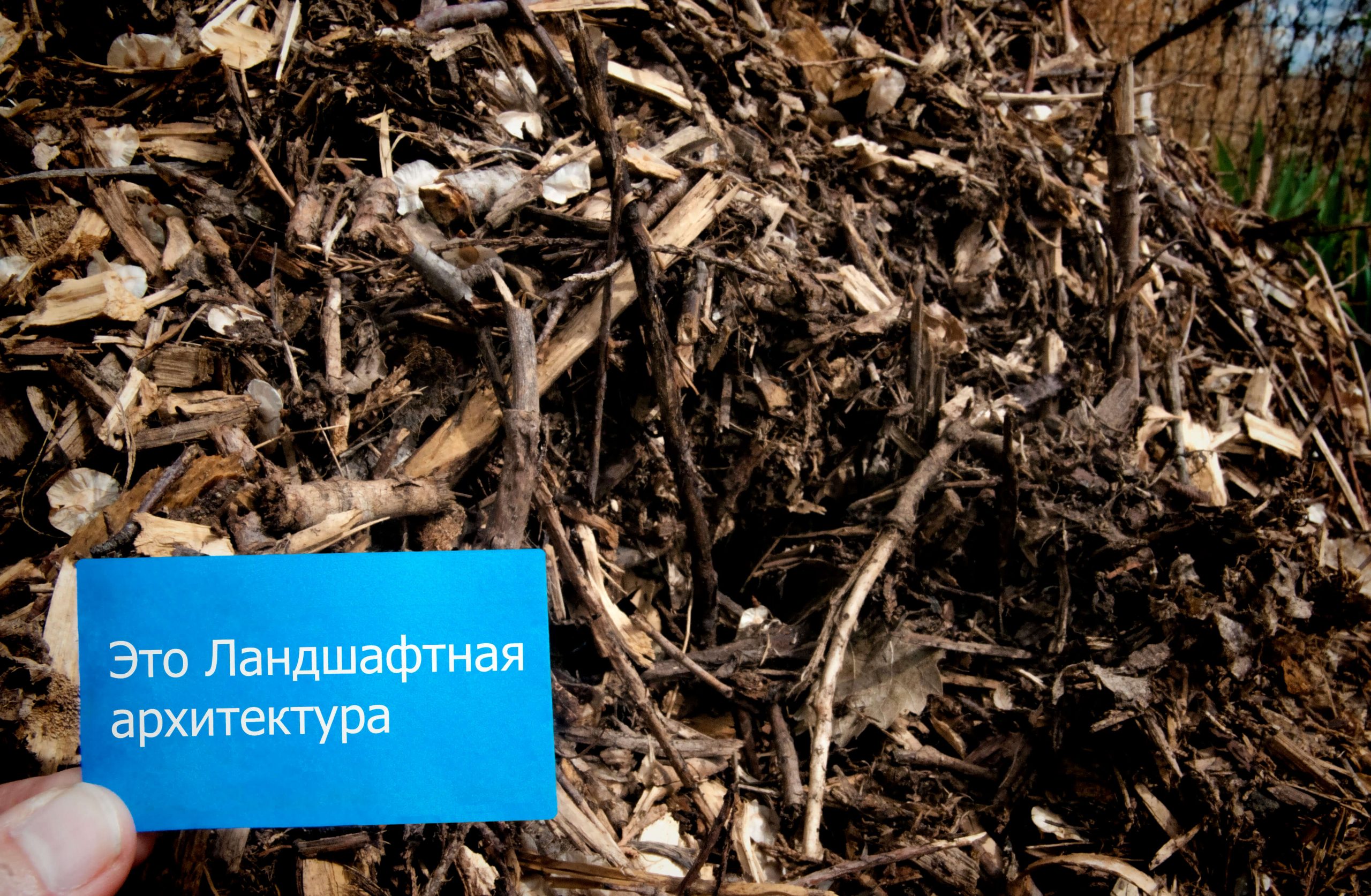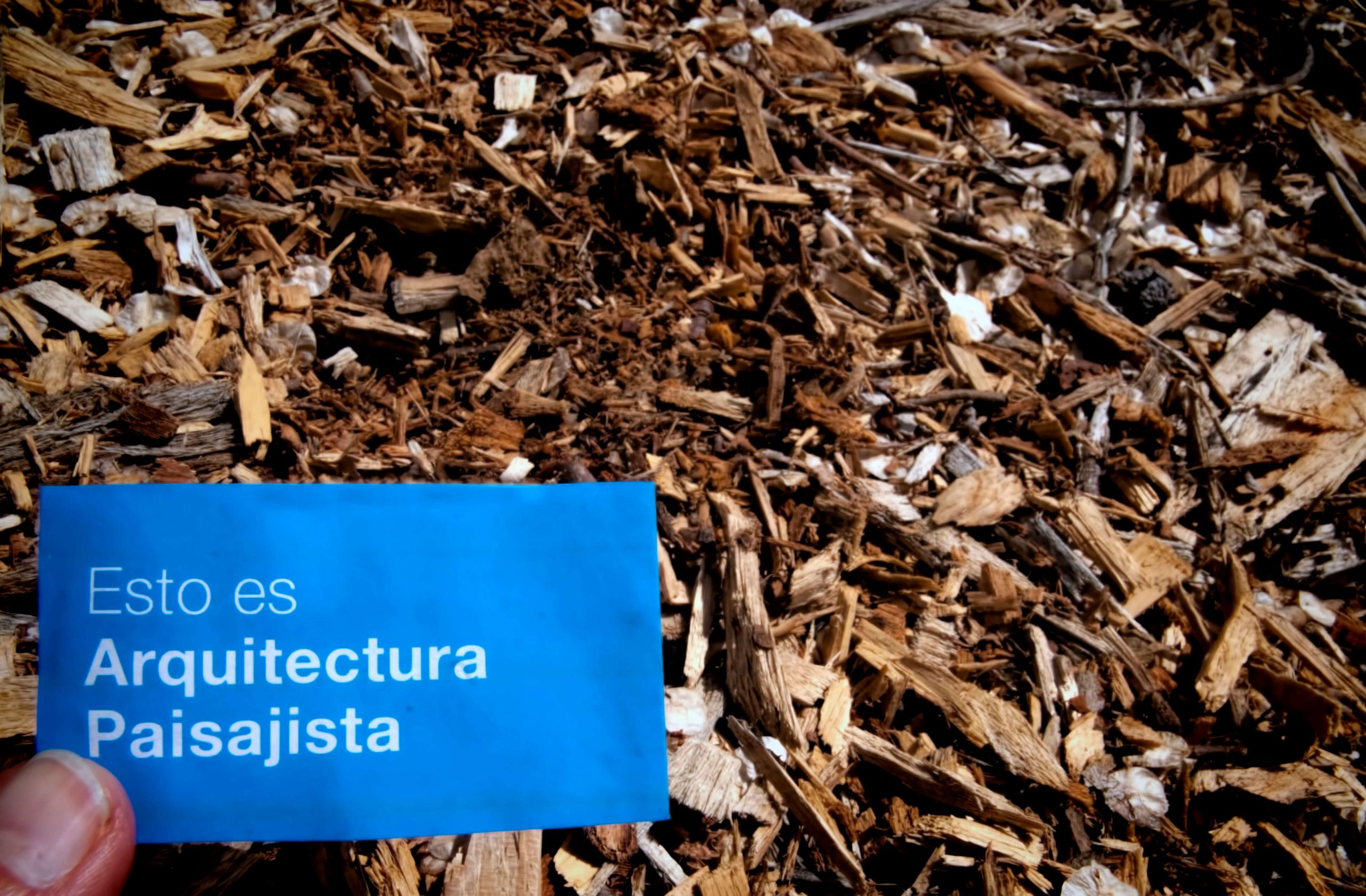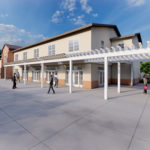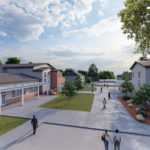Soil and the City, Episode 6: This is Landscape Architecture #WLAM2016
by Amy Bell, PLA, ASLA, ISA Certified Arborist
FBT Architects Landscape Architect
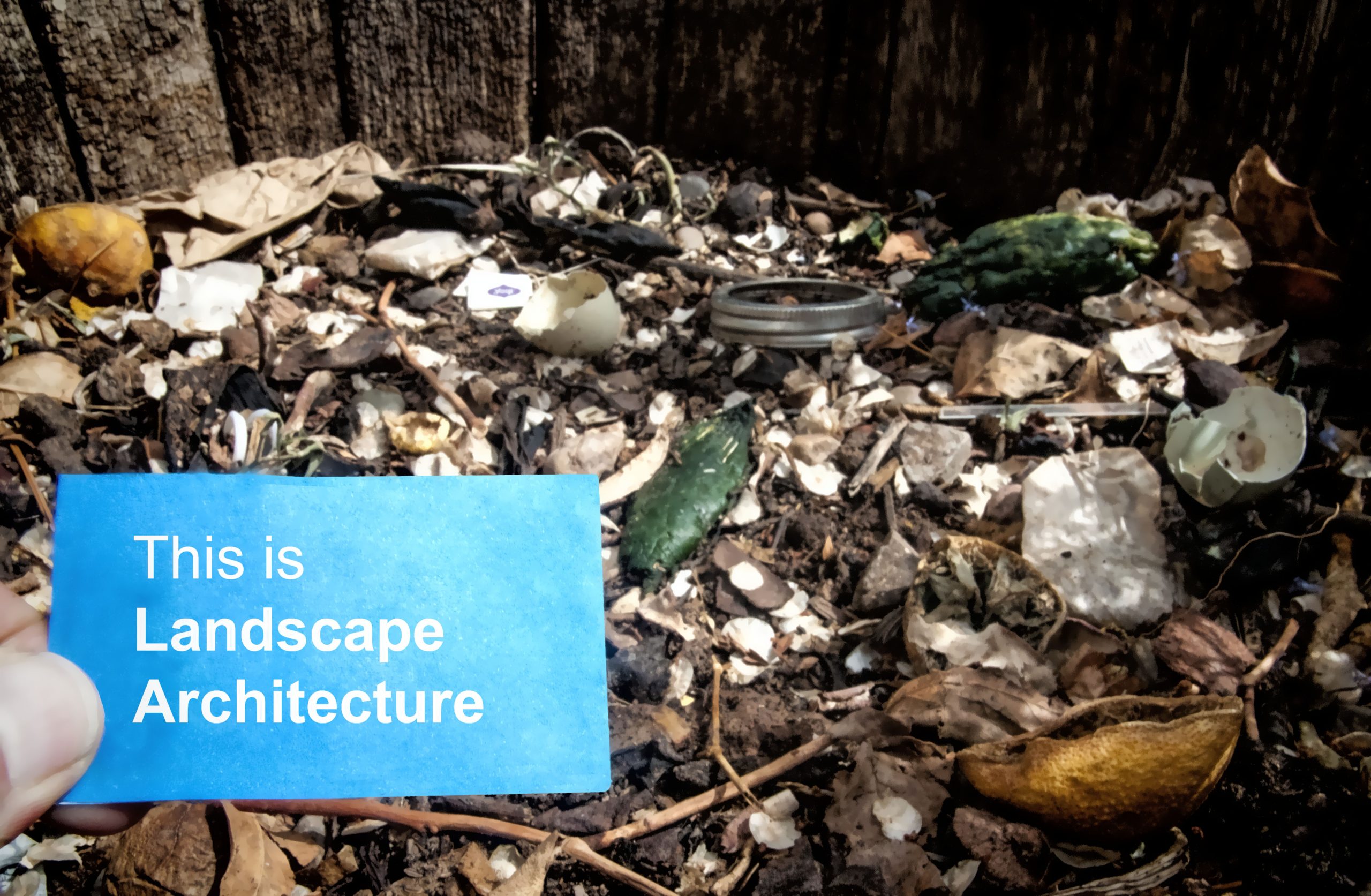
This six-part blog series investigates the reasons why we have fallen out of love with soil (or at the very least taken it for granted) and how we can rekindle that relationship through an amended approach to the design and construction of our everyday places.
Soil and the City, Episode 6: This is Landscape Architecture #WLAM2016
Can soil get its mojo back? Yeah, baby yeah. All it needs is love.
Let’s recap:
- See soil. Dress it up in heels if you need to, but remember! It’s there and it’s alive.
- Celebrate the essential role soil plays in our history and culture.
- Get to know soil. Do something nice for it by providing food, water and air.
- Connect with urban trees to facilitate a better relationship with soil.
These steps are easy. Fun, even. Getting comfortable with them will help us with the bigger challenge ahead as we approach ‘long term relationship’ status. If we want this love to endure, we need to accept and appreciate soil for what it is. Sure, it looks messy, but within the outward tangle lies extraordinary organization and beauty.
Embrace the apparent chaos. Learn to see the loveliness. Accept that it might make us a little uncomfortable and stop trying to change it.
Our compulsion for neatness has all but completely obscured soil from our consciousness. We’re neglecting something that is not only remarkable, but key to human life on earth. We’ve established that soil delivers us food, clean water and air while microbes in soil improve our mood. But did you know healthy soil systems have also been shown to capture astonishing amounts of carbon from the atmosphere? So much carbon, in fact, that adjusting agricultural practice could reverse the current trend of global warming. Caring for soil is a surprisingly low-tech approach that is a win-win for humanity but our industrial complex attitude perpetrates sabotage.
In nature we see the balance and cycling of chaos and order. Newtonian laws of physics tell us that energy processes tend toward entropy, but what we see in biological cycles and evolution is quite the opposite. As Fritjof Capra explains, “the living universe evolves from disorder to order, toward states of ever increasing complexity.” Without getting too deep into quantum physics the point is that focusing on relationships means embracing that complexity. Loving soil means cozying up to the complex.
Since when did complexity become a dirty word?
Complexity is not meant to be solved. It should be celebrated. Our designs should seek complexity in the form of layered functions, self-sustaining cycles, symbiotic relationships and mysterious chemistry.
The diversity found in complexity is where resiliency begins.
This means a new approach to the practice of maintenance (yet another dirty word), which is directly related to how we interact with soil. And it comes down to the difference between management and stewardship. Currently we attempt to manage our outdoor environments, simplifying our systems of control so we can more easily and indiscriminately apply the same strategy ad nauseum. For example, we flatten the playing field of soil intricacies when chemical herbicides and sterilants are sprayed to prevent weeds. In this practice, we become dependent on outside inputs while learning nothing.
Stewardship, on the other hand, “is a process of steady commitment informed by constant feedback… it requires careful maintenance and continual reinvestment” according to architect Sim Van der Ryn. Stewardship describes the nature of a loving relationship. Constantly growing and changing, relentlessly improving with age.
Stewardship of complexity brings wisdom and balance. This is Landscape Architecture.
The landscape architect’s responsibility is to bring context to site design and to bridge disciplines. We might seem a little odd as we delight in the complex, but we do our best work if we are given the chance to be involved with the entire design process from start to finish. This allows us to understand a project’s nuances and intricacies, truly coordinate between disciplines and provide recommendations for multi-functional and holistic problem solving. Please bring your landscape architect into the project early on and keep around until completion. We promise to be helpful.
In New Mexico, we work with severely limited budgets, staffing and support framework. Because of this, we know how to find diamonds in the dust.
In this seemingly thirsty environment, it’s not surprising that site and landscape come as an afterthought. Outside areas are constructed last and are accordingly often placed at the bottom of the priority list. We justify this action with the excuse that plants use too much water, while simultaneously creating hotter urban environments that require more water and energy to keep indoor spaces cool.
A dynamic landscape lays the groundwork for balanced building systems, engineered processes and the overall quality of a place. And healthy soil is the building block for a beautiful, functional and easy to maintain site.
The designation of landscape as a bid alternate stems from misunderstanding landscape’s value. This practice is problematic, as it deepens the rift in our understanding of how our health and happiness is related to our outdoor environments. Through our emotional journey with soil, we see that landscape isn’t just pretty. The vitality of our landscapes is directly related to the vibrancy of our communities.
Celebrate this April’s World Landscape Architecture Month (WLAM) by talking to your landscape architect about soil. Consider ways to prioritize planning for healthy soil in the design and construction process. Together, we can make soil sexy again.
Season 1 is a wrap, but stay tuned! In Season 2 we’ll cover project case studies that explore the path to a meaningful and stimulating relationship with soil.
Images by Amy Bell.
Previous Installments:
Episode 1: Can Soil Get its Groove Back?
Episode 2: Baggage – A Brief History of New Mexico’s Love Affair With Soil
Episode 3: Sorry Soil, It’s Not You It’s Us – The Break Up
Episode 4: Romancing the Soil – Towards Making Amend(ment)s
Episode 5: Trees – the Love Child of Soil, Water and Air



